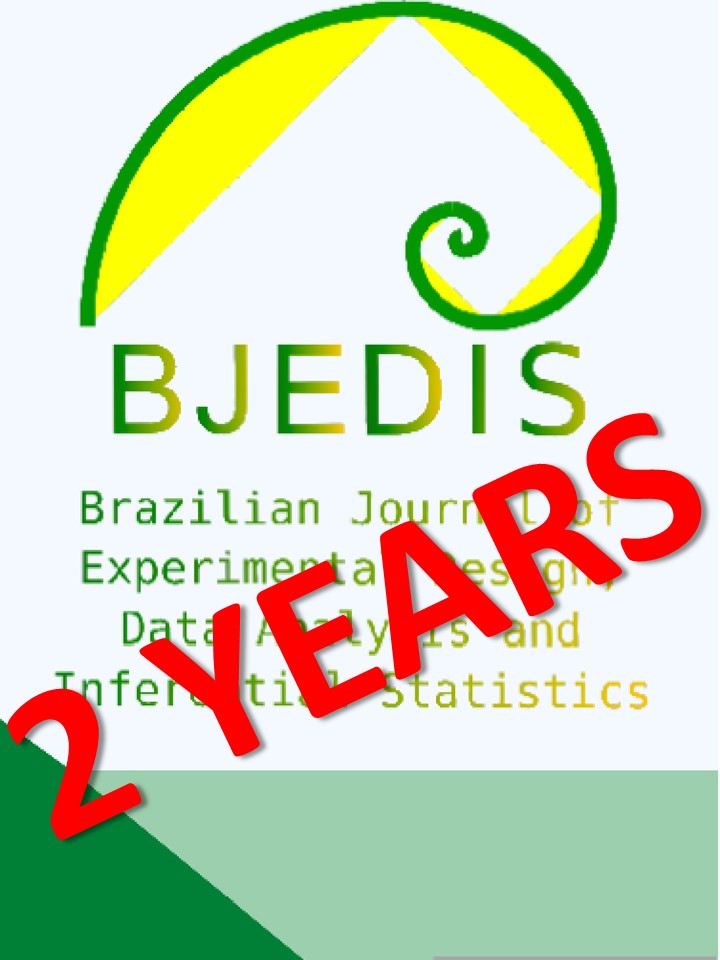Synthesis of Cassava Starch Biofilm with the Addition of Extract of Couroupita guianensis fruit by Casting Method
DOI:
https://doi.org/10.55747/bjedis.v1i1.62173Abstract
Brazil is now the world's fourth-largest banana producer in the world with an annual production of 6.953,747 tons per year. In Brazil, the banana (Musa spp.) stands out, not only because it is the most widespread, but also because it is the most consumed by all social classes. Cassava is a renewable, almost unlimited resource and one of the most abundant substances in nature. It is one of the most important starchy root crops of the tropics used for food and industrial purposes. The present study evaluated the use of biofilms based on cassava starch in maintaining the quality and shelf life of the 'Prata' banana at room temperature. The filmogenic solution was created using the casting technique, with adaptations. Additionally, 2.6% cassava starch (m/v) + 2 g of gelatin + 100 mL of the aqueous extract were used. Additionally, the biofilm was applied in the film-forming solution for 1 minute and suspended for further drying at room temperature. After this process, were evaluated the loss of fresh mass, and total soluble solids. The present study revealed the efficiency of biofilm coating with and without gelatin to reduce the rate of enzymatic browning and increase the shelf life of bananas. It was possible to verify a smaller reduction in fresh weight loss in the treatments. Besides, no significant difference was observed in the addition of gelatin to the parameters evaluated in the fruit.
Downloads
Published
Issue
Section
License
Copyright (c) 2023 Brazilian Journal of Experimental Design, Data Analysis and Inferential Statistics

This work is licensed under a Creative Commons Attribution 4.0 International License.
AUTHORS DECLARATIONS AND COPYRIGHT TRANSFER LICENSE
We at this moment declare that the present paper is our original work and has not been previously considered, either in whole or in part, for publication elsewhere. Besides, we warrant the authors will not submit this paper for publication in any other journal. We also guarantee that this article is free of plagiarism and that any accusation of plagiarism will be the authors' sole responsibility. The undersigned transfer all copyrights to the present paper (including without limitation the right to publish the work in any and all forms) to BJEDIS, understanding that neglecting this agreement will submit the violator to undertake the legal actions provided in the Law on Copyright and Neighboring Rights (No. 9610 of February 19, 1998). Also, we, the authors, declare no conflict of interest. Finally, all funders were cited in the acknowledgments section.


